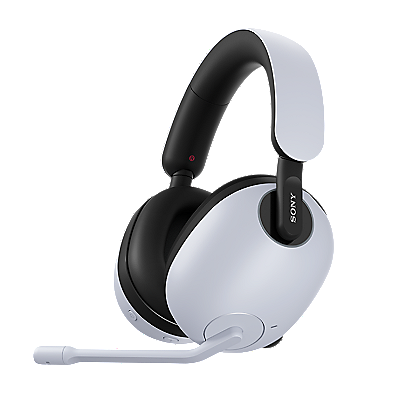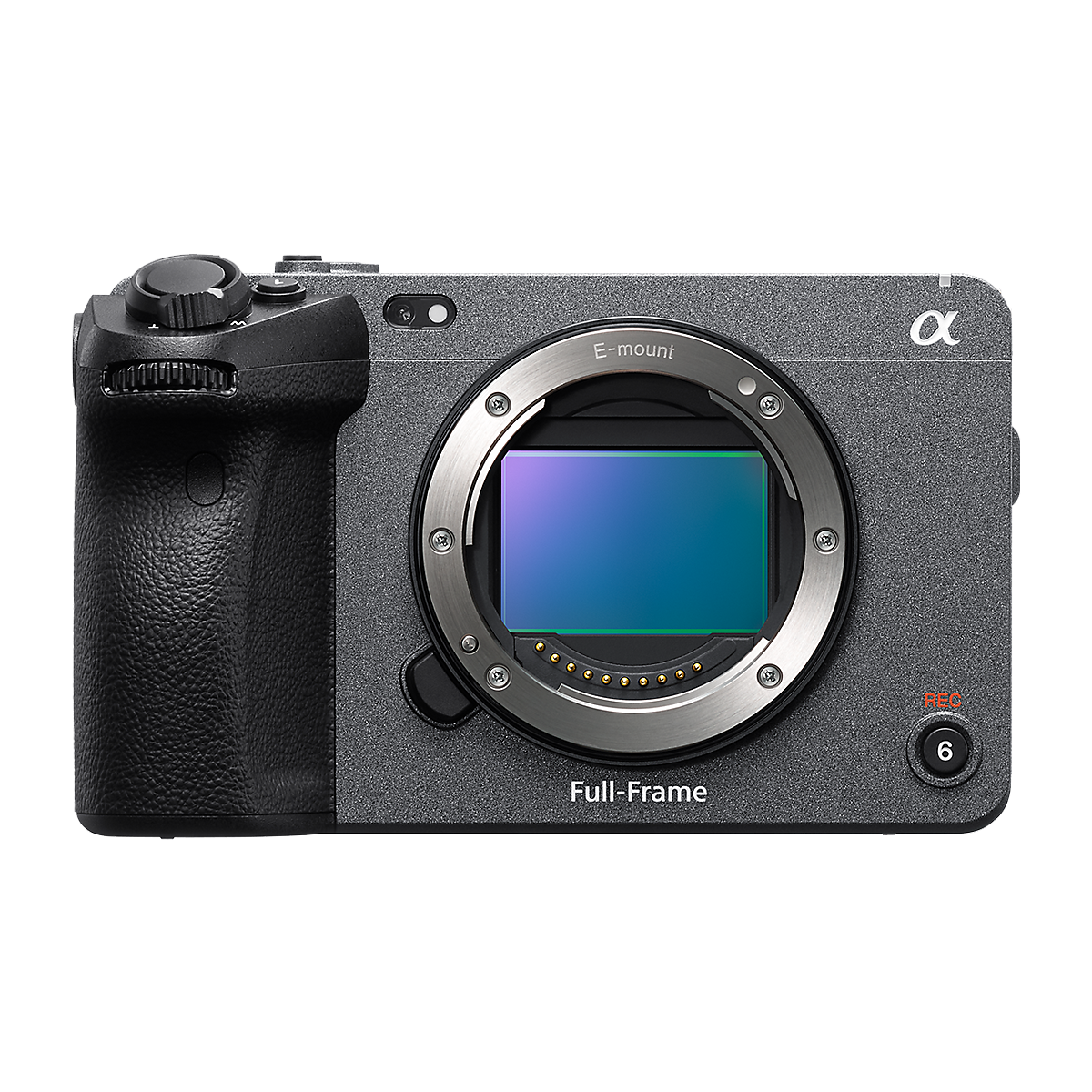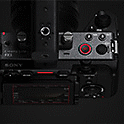Interchangeable-lens Cameras
Interchangeable-lens Cameras
Comfortable solo shooting
Designed for comfortable solo shooting


Dependable, highly accurate autofocus
The wide-area AF with intelligent tracking uses focal-plane phase-detection for tenacious subject tracking across almost the entire frame0. The Fast Hybrid AF system delivers precise focusing even when shooting at a shallow depth of field and at high frame rates of 120p in 4K (QFHD)1.
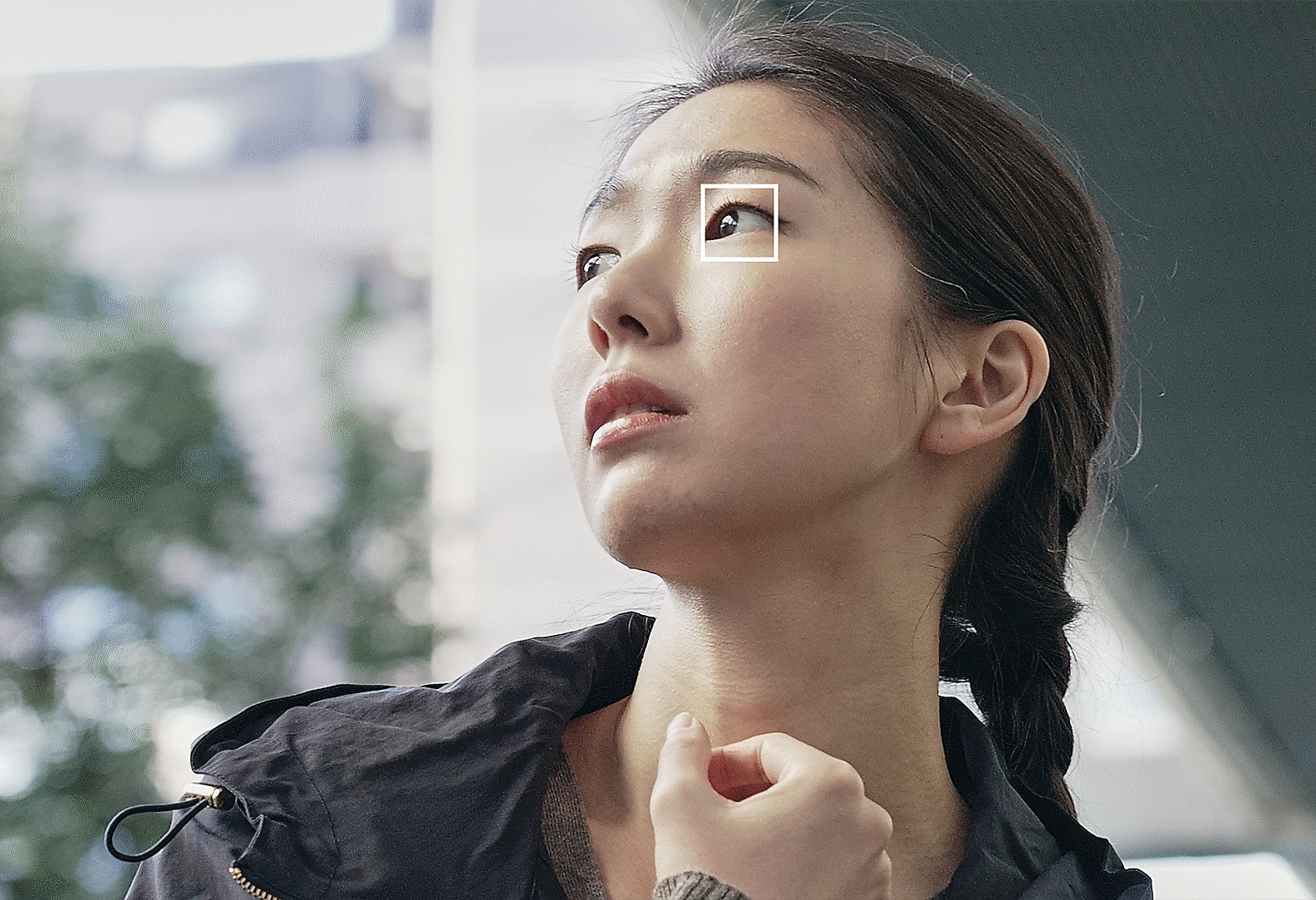

Sophisticated tracking AF for steady focus
Sophisticated tracking features keep your subject in steady focus, so you can concentrate on composition. Real-time Eye AF ensures precise focus on the face and eyes, while Real-time Tracking is powered by Sony's unique AI-based subject recognition algorithms.
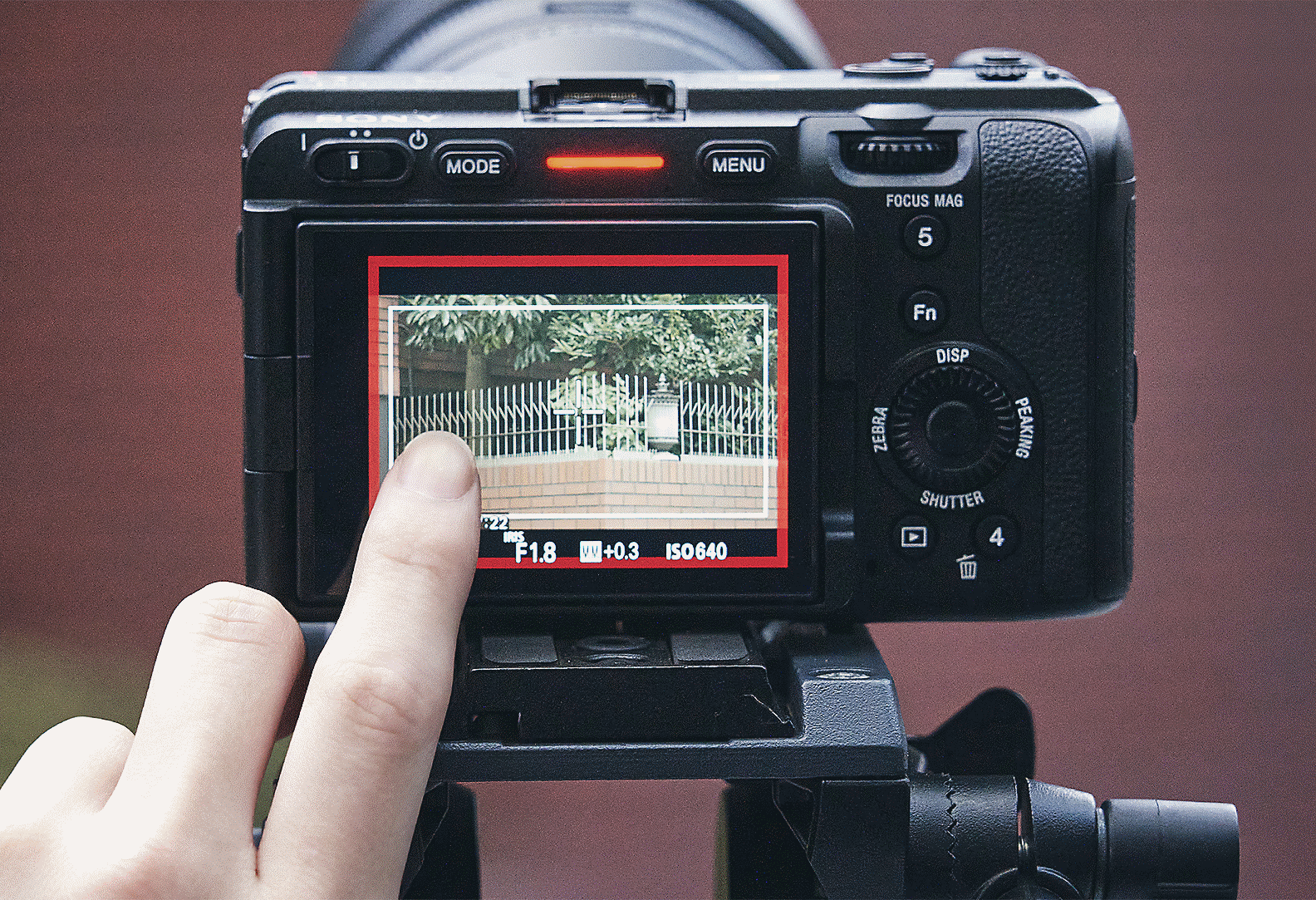

Smooth transitions and touch focus control
The FX3 includes AF Transition Speed in seven settings, to easily create rack focus, and five AF Subject Shift Sensitivity settings, which allows the user to customise how easily AF will switch or stay with the locked-on subject. You can also select the subject you want to focus on simply by touching the LCD monitor.
Advantages of Sony’s lenses for video shooting
Learn the four unique advantages of using Sony's E-mount lens for video shooting. The combination of Sony's lenses and cameras will enhance your video creation experience.

High-mobility performance wherever you go
With its compact size and light weight, the FX3 is designed for high mobility. The attached handle and cage-free accessory mounting holes make for fast setup, fluid shooting and quick pack-down. The main body and covers are constructed from a lightweight magnesium alloy to enhance durability and performance even in challenging environments.
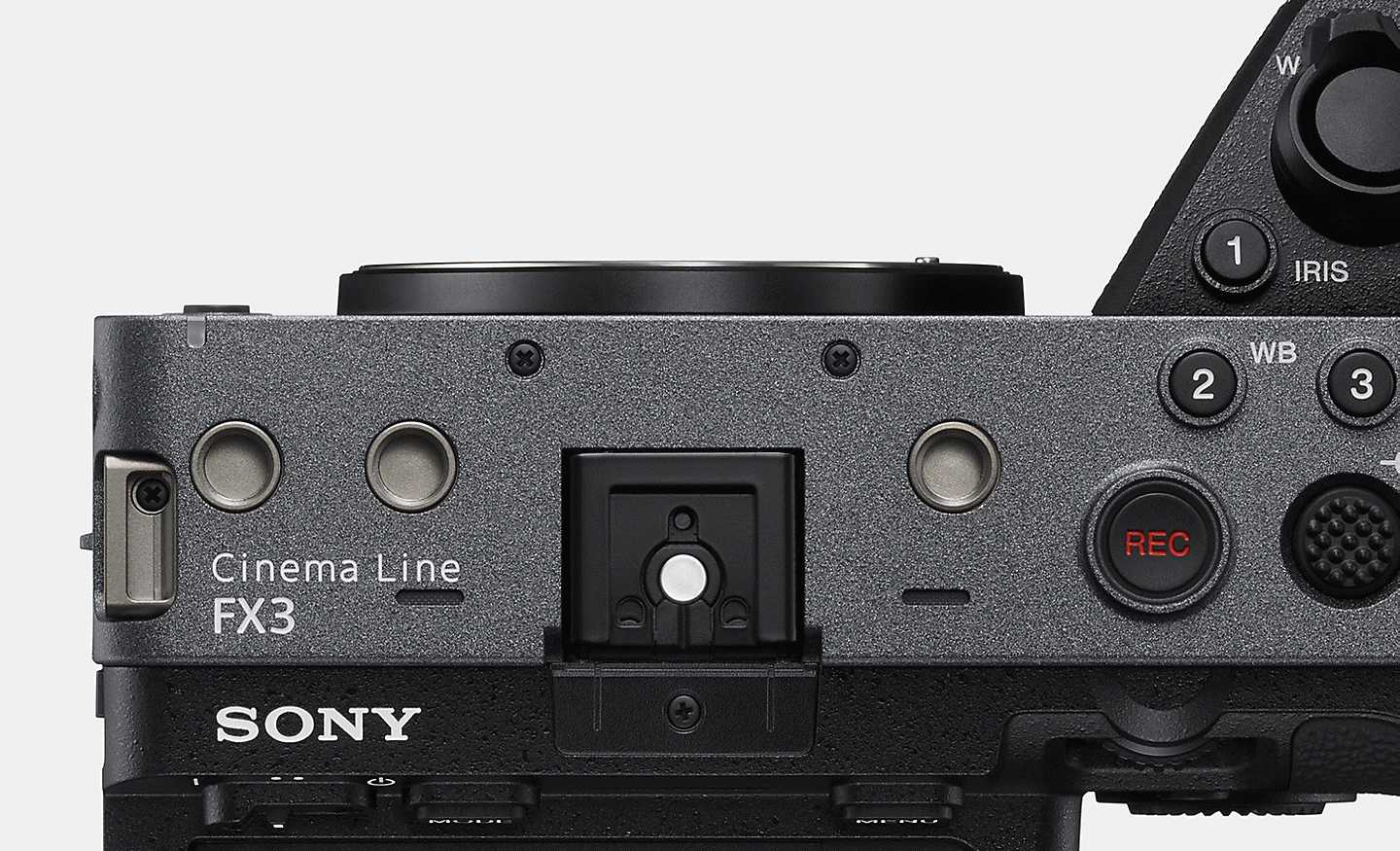
Attachable XLR handle
A handle equipped with an XLR adaptor with two full size XLR terminals can be attached to the Multi Interface (MI) Shoe on the camera for more comfortable and stable camerawork in difficult shooting situations, such as low-position shots.
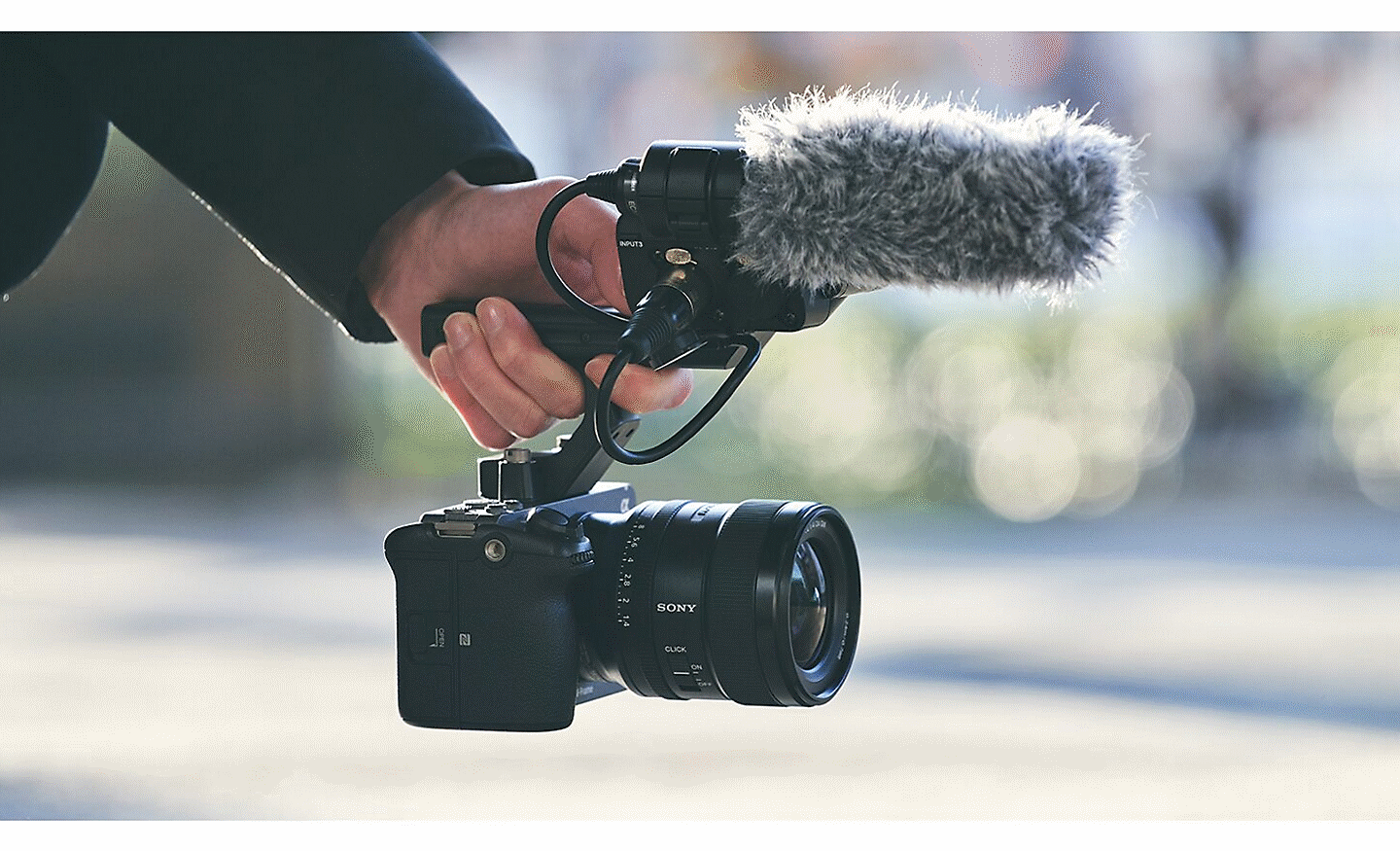
In-camera image stabilisation
Active Mode0 1 2 is an optical in-body 5-axis image stabilisation system that provides increased stabilisation for movie shooting. To preserve image quality, the gyroscope sensor accurately measures camera shake and compensates optically. This makes stable video possible even when shooting hand-held without gimbal use, while walking, and at 4K resolution.
[1, 2] angular shake (pitch and yaw) [3, 4] shift shake (X and Y axes), [5] rotational shake (roll on Z axis)
[1, 2] angular shake (pitch and yaw) [3, 4] shift shake (X and Y axes), [5] rotational shake (roll on Z axis)
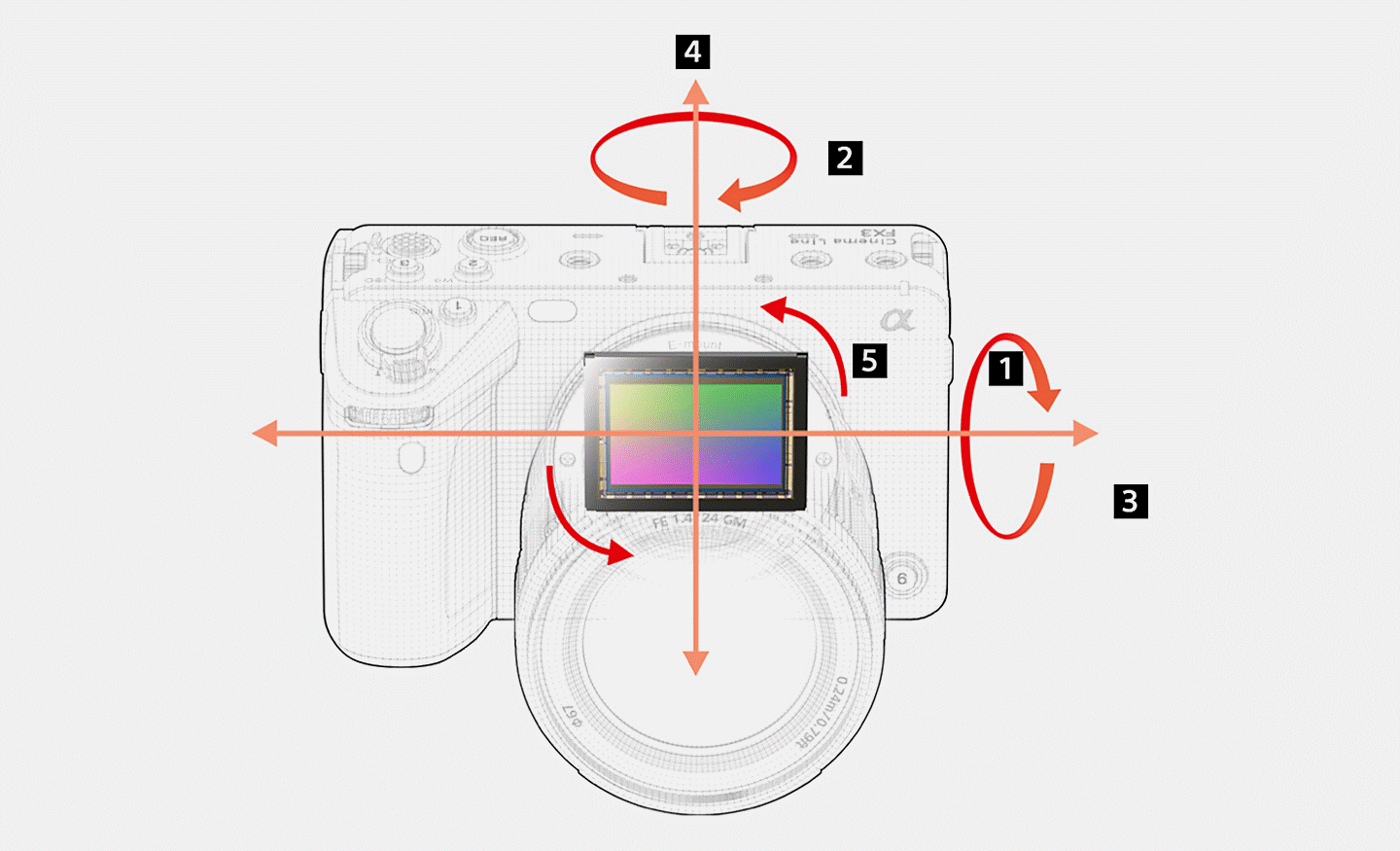
Image stabilisation and easier editing with Catalyst
Camera-shake metadata is recorded by the built-in gyro, allowing handheld footage to be smoothed out and stabilised in post-production. Using Sony's Catalyst Browse / Catalyst Prepare desktop application you can easily balance automated shake-compensation and image-trimming levels. Catalyst can also make effective use of recorded camera-rotation data.

-
ILME-FX3







